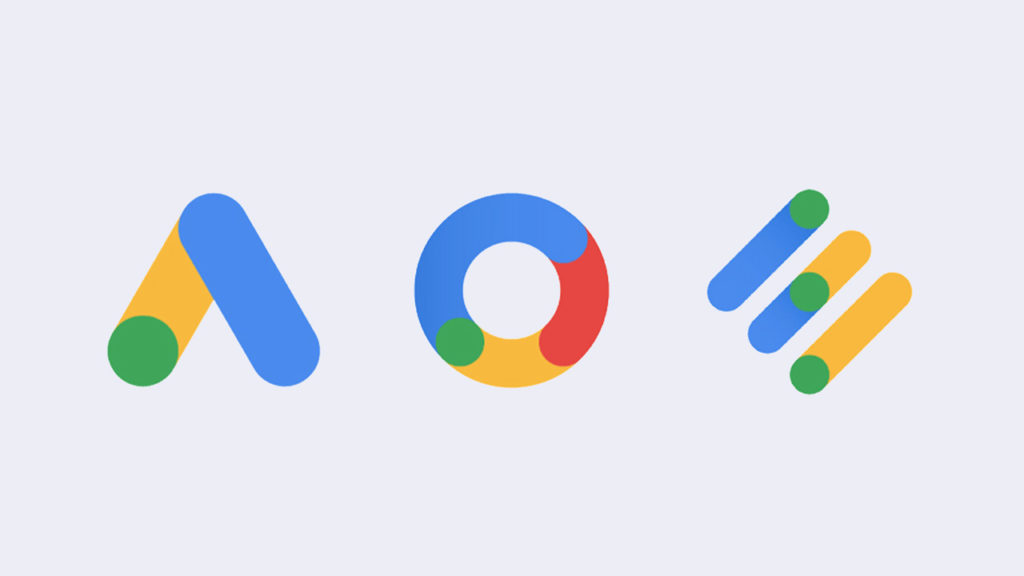Google is introducing a new tool called “ad strength” for responsive search ad campaigns. The new feature offers additional insights in real time, allowing marketers to make relevant adjustments quickly.
Beginning in early September, the “ad strength” tool will use AI to measure campaign effectiveness based on headlines, logos and descriptions.
Responsive search ads and columns in Google Ads will be ranked from “Poor” to “Excellent” based on the relevance, quantity, and diversity of the ad copy. Feedback will be given such as “Add a few more headlines” or “Make your headlines more unique,” allowing users to adjust their campaigns and get a feel for their effectiveness in real-time.
Ad strength will be available as a column starting in early September, Google said, and in the responsive search ad creation interface over the next several weeks. Support for responsive display ads will follow in the coming months.
Ahead of the new feature, Google offered suggestions to marketers that are creating relevant ads at scale. Google recommends creating a variety of distinct headlines, descriptions, and other assets as possible so that its machine learning can generate a larger number of relevant ad combinations.
To prove its point, Google cited a case study in which Apartments.com created responsive search ads based on key moments in the rental process. The brand saw a 10 percent lift in clicks. ForRent.com, another brand in the Apartments.com network of sites, saw a 16 percent lift in clicks with a similar strategy.
Google also stressed the importance of relevance and personalization in today’s marketplace. The company cited a 2017 study in which 91 percent of mobile users bought or plan to buy something after seeing an ad they described as relevant.
Several studies have found that consumers demand a personalized digital content experience, as long as it doesn’t get creepy. One such study by Adobe found that 42 percent of respondents get annoyed when their digital content experience isn’t personalized.

